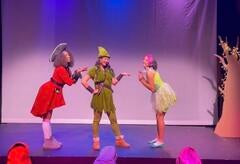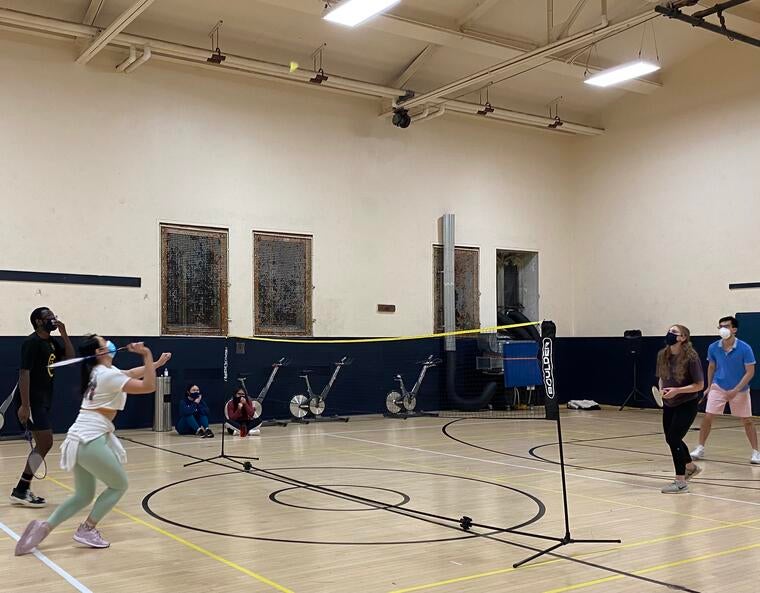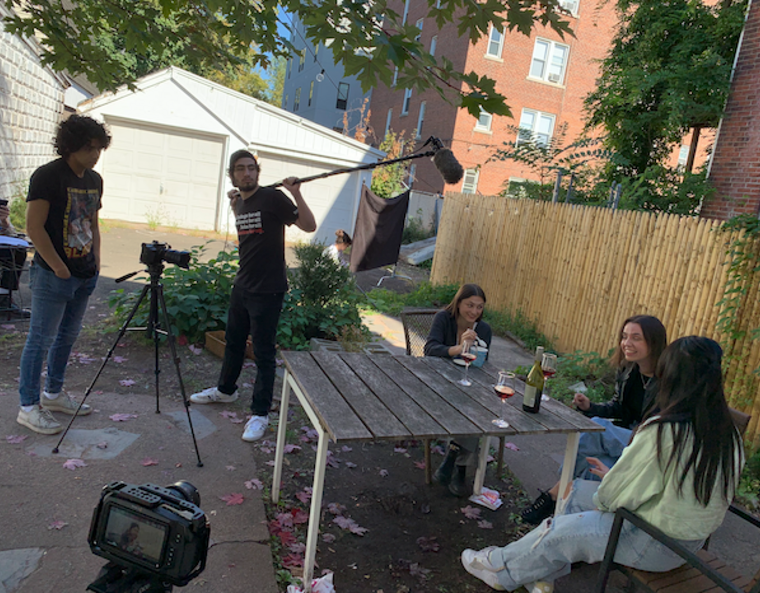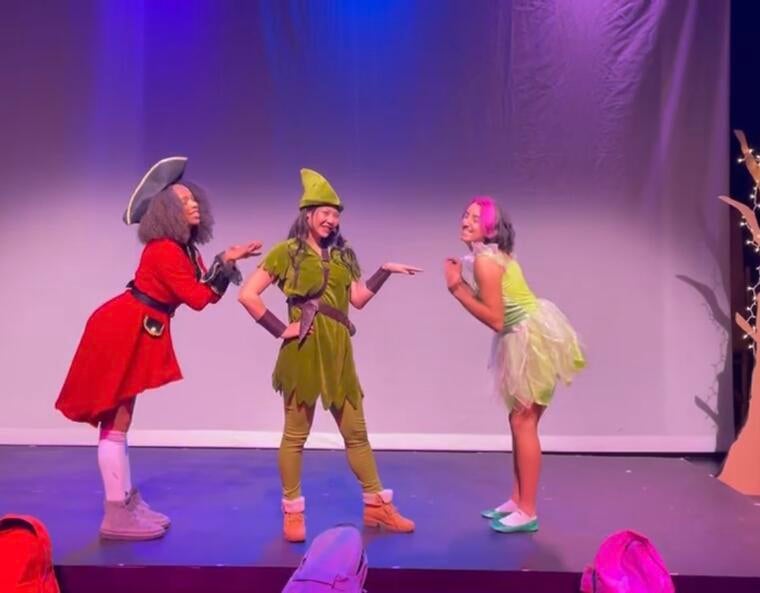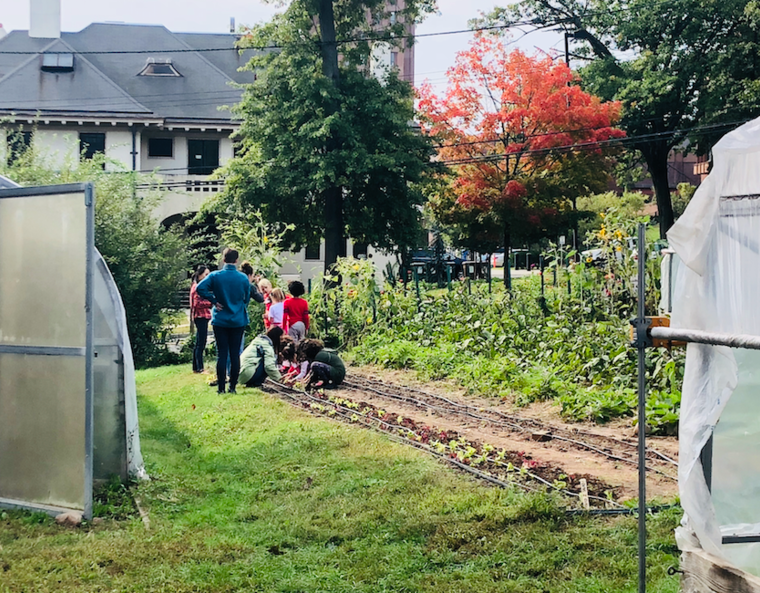

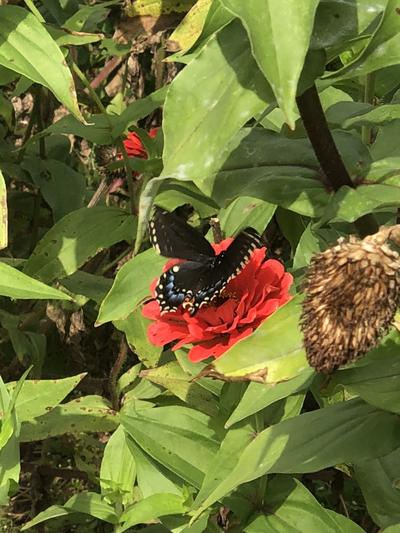
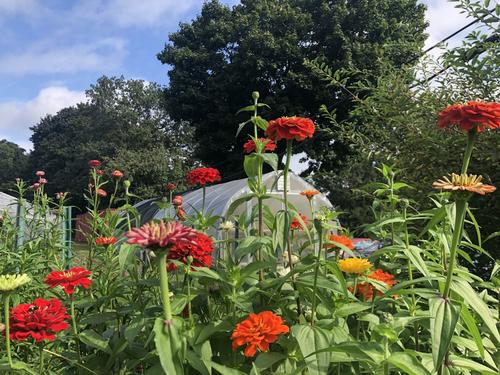

Every Tuesday for the past five weeks, I’ve stopped to smell the roses. Literally.
After a hike up Science Hill every Tuesday at 10am, I’d be greeted with a quaint sight: flowers waving their petals to the sun, eggplants turning from silver to purple, giant trees gently shaking their leaves in the wind. I was at one of Yale’s many farms where much of our dining hall food is organically harvested. My job was to teach a classroom of second graders about the plant cycle through interactions with the farm.

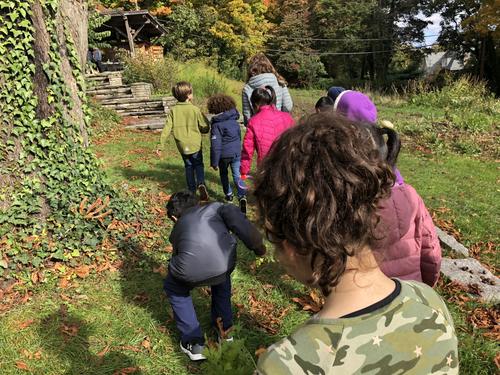
Every morning, Yale students from both undergraduate and graduate schools prepared to welcome the busload of children. The second graders’ enthusiasm was boundless, their curiosity endless. We would always start by forming a large circle and going through the “Seed to Salad” dance—we pretended we were seeds by crouching close to the ground, and subsequently lead the children through the plant cycle. Our feet became roots, sucking up water and nutrients. Our hand became flowers and then fruit. As we acted out the cycle, the kids would laugh and follow along, ingraining the cycle in their memories. I was thrilled to see refined Yalies and the students’ chaperones put their dignity to the side and embrace their inner plant.
We also taught them golden rules of respect. We would help them put on their invisible “farmer hats,” “farmer gloves,” and “farmer boots” to help them remember rules of the farm. Kids not paying attention? “Let’s use our Farmer Hats to think critically!” Running on the farm? “Remember your Farmer Boots!” We effectively corralled the children while maintaining a spirit of fun.
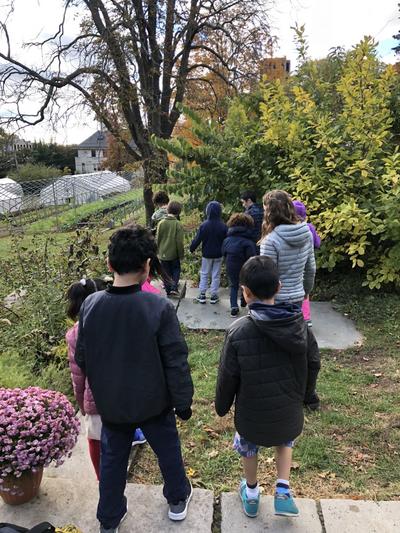
Every week, we’d cover something new. Once, we took them to view the man-made beehives from afar, teaching them the inner workings of a hive and having them invent their own bee dance. I learned several unforgettable facts about bees. Did you know that a productive queen bee lays about 2,500 eggs a day, and hexagon combs hold the most amount of honey using the least amount of wax, and bees have a sense of smell 50x stronger than a dog? Who knew!
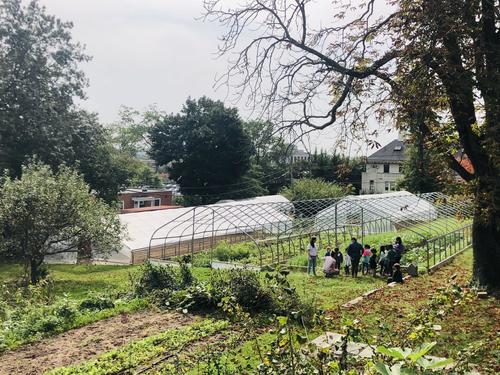

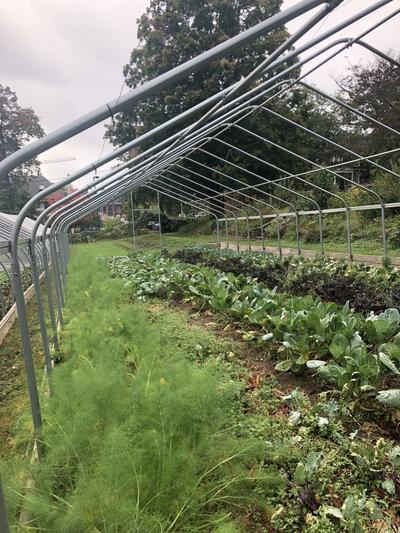
What the kids brought to the table, however, surpassed even my fascinating bee facts, humbling myself in all my Yale prestige. They could correctly identify plants I had never encountered and tell me fascinating facts about butterflies, all the while interspersing their response to my questions with non-sequiturs such as: “You should watch Teen Titans!” and “Do you know my dad?”
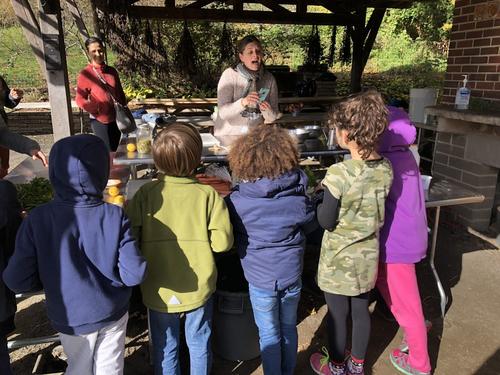
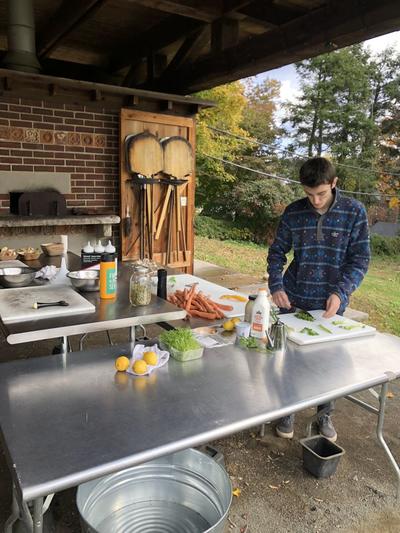
Yale student prepares part of the salad.

We ended our program with a Salad Party, where everyone contributed to preparing an aspect of our meal—harvesting, washing vegetables, peeling carrots. We gathered straight from the farm: eggs, greens, and even ingredients for the dressing, which we blended from scratch. In 50 degree Fahrenheit weather complete with a bright sun and a crisp breeze, I felt like I had achieved a peak in my relationship with nature: eating our delicious salads, bonding with kids, and celebrating the spirit of life on a New England farm, 3,000 miles away from my California home.






